I spent most of the day at the Staten Island Museum. The Staten Island Museum has North America’s largest collection of cicadas — over 35,000 specimens!!! Most, if not all the specimens came from William T. Davis’ personal collection. Davis was a naturalist and entomologist located in Staten Island, NY, who was active in the late 1800’s and early 1900’s. Read more about the collection.
The museum is currently working on a huge cicada exhibit and many cicada events throughout the year. The They’re Baaack! Return of the 17-year Cicada Family Day event will happen in a few weeks.
Here’s a few shots of the museum and the collection I took with my camera phone:
Part of their giant Wall of Insects:
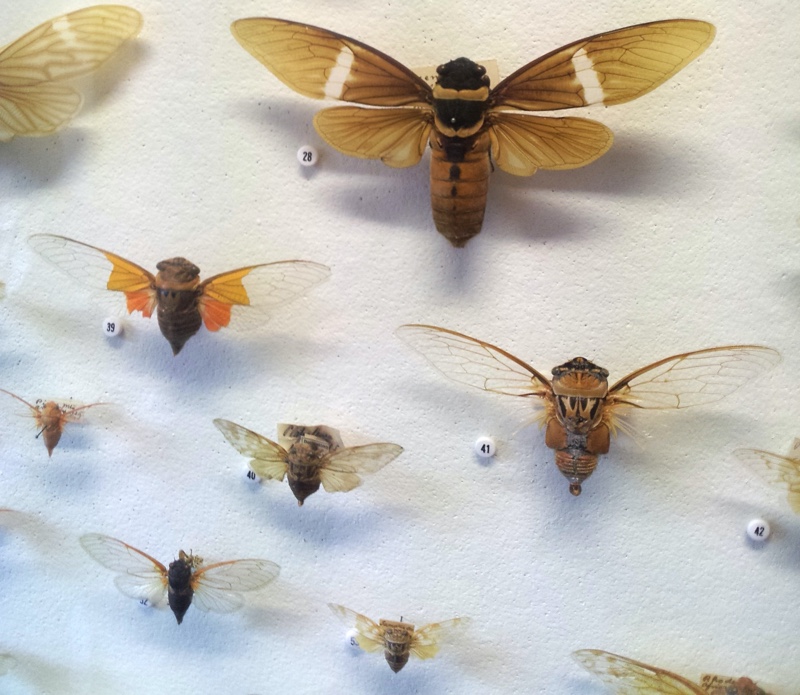
Number 39 in that photo is Hemisciera maculipennis, aka the “stop and go cicada”. When alive the cicada’s coloring is green and red, like a traffic signal. Here is a photo of a live H. maculipennis.
Tibicen and Cicada Killer Wasps:
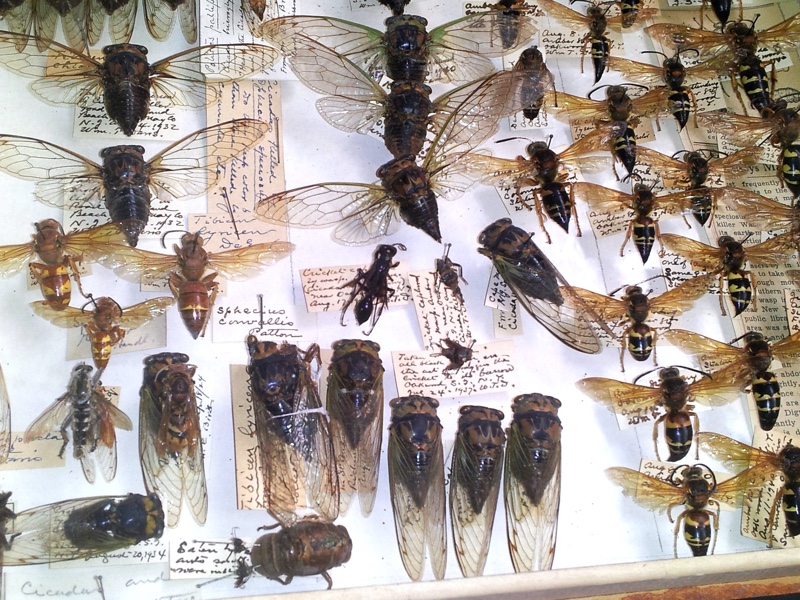
Tacua speciosa detail:
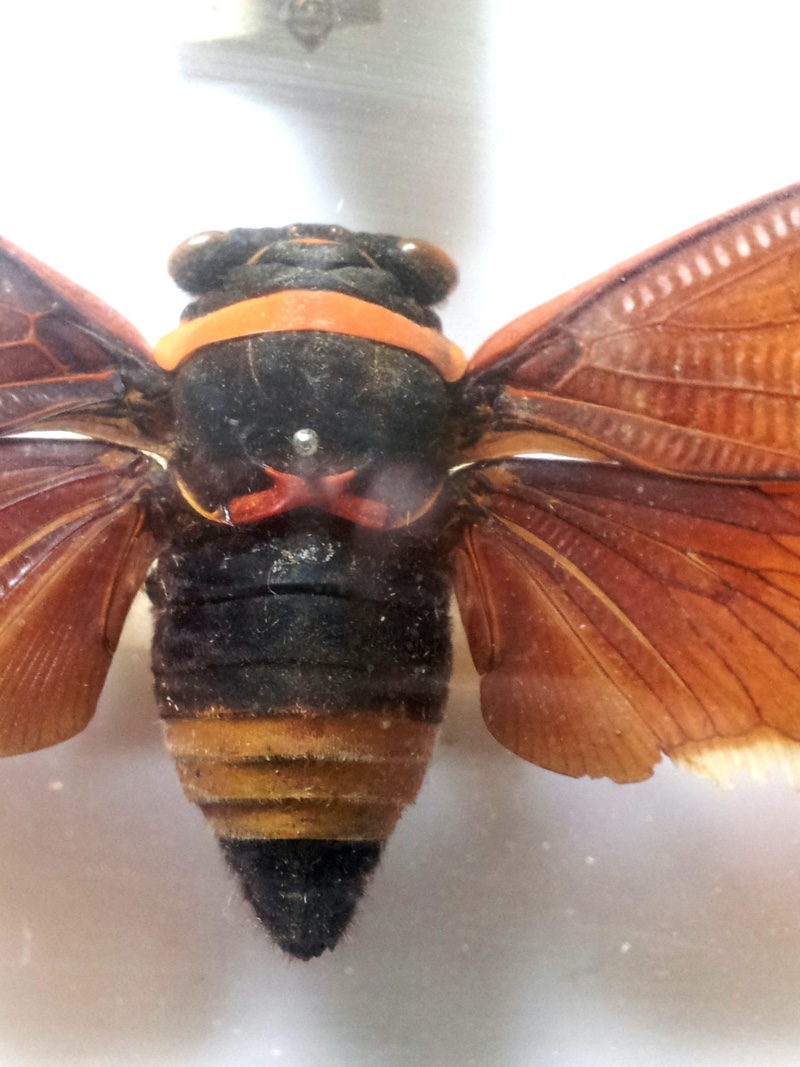
A giant light-up cicada outside the museum:
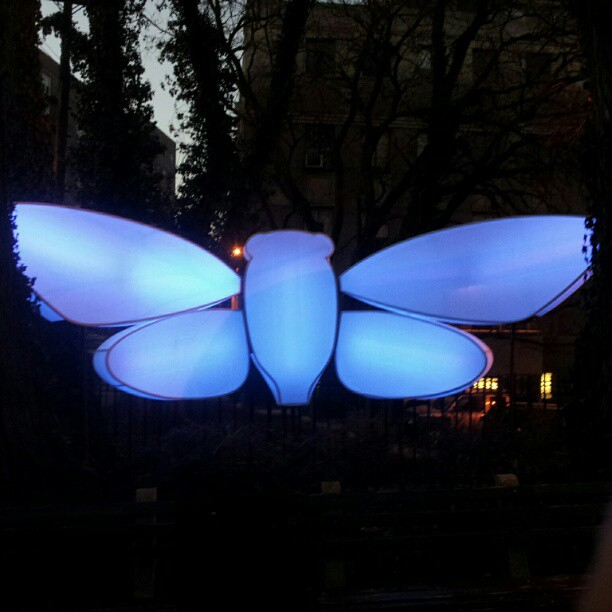
Just part of the Staten Island Museum’s cicada collection
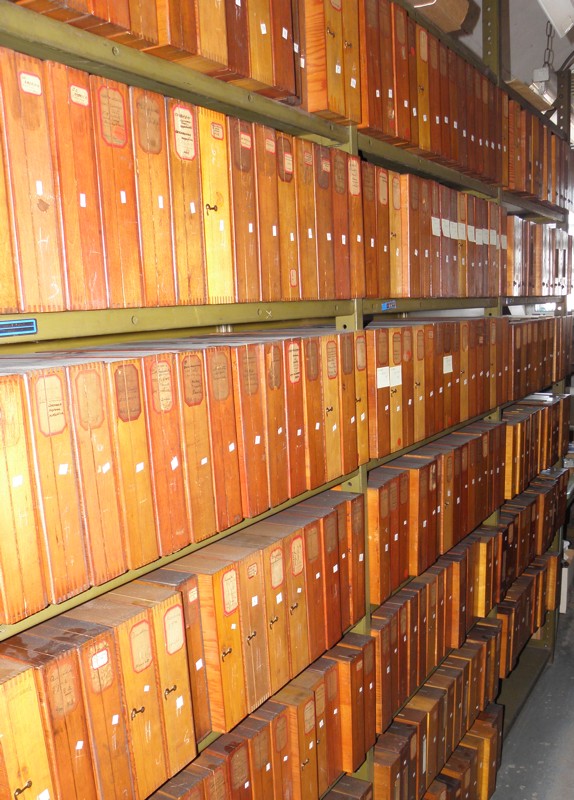
Thanks to Ed Johnson, Director of Science, for showing me many of amazing specimens in the museum’s collection.
Bonus: You can download a copy of William T. Davis’ document North American Cicadas. It’s free!
3 replies on “A day at the Staten Island Museum”
This is amazing. Super jealous. Go back with a real camera and take pictures of each and every specimen for our viewing pleasure. Please. 🙂
Great Dan. It’s a pity how they lose colour in the collection. That Hemisciera maculipennis in the wall of insects has hot red and bright green colours on the wings. I’m also surprised that everything is still in “student storage boxes”, probably with a cresol preservative?
Cheers,
David.
The entire collection was William T. Davis’ collection. He kept them in those boxes, and the Museum has left them that way. They had a few H. maculipennis with intact coloring inside the museum. Davis called them “stop and go” cicadas because their red and green coloring reminded him of traffic signals.